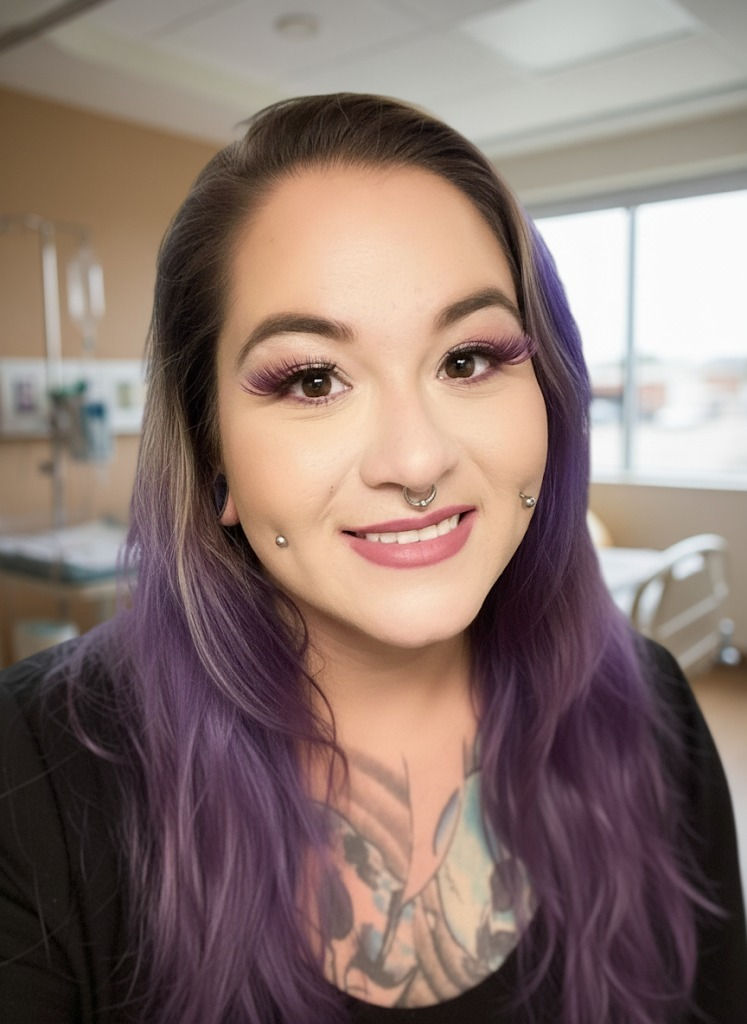Breastfeeding and HIV: The Empowering Path Forward
- Kat Allen
- Feb 21
- 3 min read

Breastfeeding is a beautiful, personal journey that nourishes both baby and parent—physically and emotionally. For parents living with HIV, the question of whether breastfeeding is safe often looms large. The good news? Advances in HIV care have transformed the landscape, making breastfeeding a real option for many when paired with proper treatment and support. Let’s dive into the latest insights on breastfeeding with HIV, explore your choices, and see how a strong support system can empower you to make the best decision for your family.
Breastfeeding with HIV: What’s Possible Today
In the past, HIV was seen as a barrier to breastfeeding because of the risk of passing the virus through breast milk. But today, research paints a brighter picture. With effective antiretroviral therapy (ART) and an undetectable viral load, the risk of transmission drops to less than 1% (CDC, 2023). Guidelines from the Centers for Disease Control and Prevention (CDC), World Health Organization (WHO), and U.S. Department of Health and Human Services (HHS) now support breastfeeding for HIV-positive parents who:
Stick to a consistent ART plan and maintain an undetectable viral load.
Get regular check-ups to monitor their health and HIV status.
Work with a healthcare team skilled in HIV care and lactation support.
This shift means you can consider breastfeeding with confidence—if it feels right for you.
How ART Makes Breastfeeding Safe
ART is the game-changer here. By keeping HIV levels so low they’re undetectable, ART protects your health and slashes the chance of passing the virus to your baby through breast milk. Studies show this risk is minimal—less than 1%—when you stay on track with treatment (HHS, 2022).
But consistency is everything. Skipping doses can let the virus rebound, raising the risk slightly. That’s why regular viral load tests are key to ensuring breastfeeding remains a safe choice. Your healthcare provider can guide you through this, keeping you and your baby protected.
Why Exclusive Breastfeeding Matters
If you choose to breastfeed, experts recommend sticking to exclusive breastfeeding (just breast milk, no formula or solids) for the first six months. Why? Mixing breast milk with formula—called mixed feeding—can increase the transmission risk, possibly by irritating your baby’s gut and making it more vulnerable to HIV (WHO, 2023). Exclusive breastfeeding not only lowers this risk but also delivers unmatched nutrition and immune support to your little one.
The Rewards of Breastfeeding
When breastfeeding works for you and your baby, the benefits are incredible:
Immune Boost: Breast milk is loaded with antibodies to shield your baby from infections.
Connection: That skin-to-skin closeness builds a bond like no other.
Perfect Nutrition: Breast milk adjusts to your baby’s needs, something formula can’t mimic.
For HIV-positive parents, breastfeeding while on ART can feel empowering—a way to give your baby the best start while knowing the risks are minimal.
Other Paths: Donor Milk and Formula
Breastfeeding isn’t the only option, and that’s okay. If it’s not your preference or medically advised, here are two safe alternatives:
Donor Milk: Regulated milk banks (like Mothers’ Milk Bank in Denver) screen and pasteurize donated breast milk, eliminating any HIV risk. It’s a great way to give your baby breast milk without breastfeeding yourself.
Formula: A reliable, nutritious choice, formula offers peace of mind and all the essentials your baby needs to thrive.
Talk to your healthcare team about what fits your life—there’s no one-size-fits-all answer.
Support That Makes a Difference
Navigating feeding choices with HIV can feel overwhelming, but you don’t have to do it alone. An International Board Certified Lactation Consultant (IBCLC) can be a lifeline, offering:
A tailored feeding plan, whether you breastfeed, use donor milk, or formula feed.
Tips for exclusive breastfeeding, like ensuring your baby’s latch and weight gain are on track.
Guidance on accessing donor milk or mastering formula feeding.
Your doula and healthcare team can also advocate for you, bridging the gap between you and specialists in HIV and lactation care. Together, they’ll help you feel confident in your choice.
Empowerment Through Choices
Deciding how to feed your baby is deeply personal, and HIV adds layers to that decision. But with ART, regular care, and the right support, breastfeeding is safer than ever. Local resources like Children’s Hospital Colorado and Denver Health (if you’re in the Denver Metro area) offer HIV-specific care, lactation help, and feeding guidance tailored to you.
HIV doesn’t have to stand in the way of breastfeeding—or any feeding choice you make. With an undetectable viral load and a solid team behind you, the risk to your baby is tiny, leaving you free to focus on what matters: your family’s well-being. What feels right for you? Reach out to your local support network—I’d love to hear your thoughts below!
Sources
U.S. Department of Health and Human Services. (2022). Perinatal HIV Guidelines. clinicalinfo.hiv.gov
World Health Organization. (2023). Infant Feeding and HIV. who.int
Centers for Disease Control and Prevention. (2023). Breastfeeding and HIV. cdc.gov



Comments